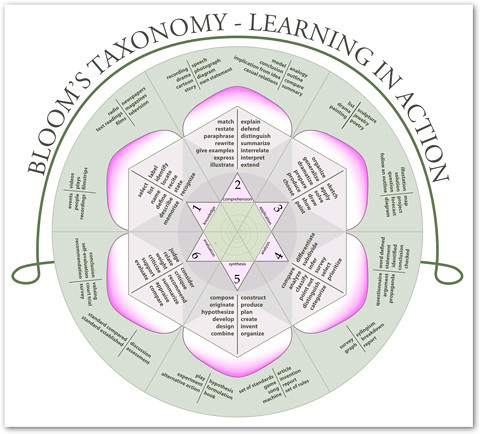
It started with two seemingly simple questions.
Can I set up a blog for my department's staff and students, and can moderators be assigned?
The straightforward answers to those deceptively basic queries are:
- Yes, but not without difficulty. There is no single sign-on in Blog.nus, so user accounts would have to be created and managed manually.
- Yes, users can be assigned different roles.
The questions led me to probe further, as I wanted to know what the blog is supposed to be about, why it needed to be accessible only by staff and students of that department and what exactly they were trying to achieve.
It turned out that the idea was a safety issues blog.
"Fantastic!" I thought. I couldn't understand exactly why it needed to be private. Then, I found out that the blog's raison d'être was that it would be used to elicit suggestions about laboratory safety.
The department has been trying various ways and means to procure feedback from students. They have a good way already, it seems: face-to-face feedback from staff. However, getting constructive feedback from the students was another matter altogether.
Besides promoting the blog as an avenue to collect feedback, there was no plan in place to encourage students to give feedback.
I suggested a safety blog where staff and selected students (those who express interest in this) post about safety issues, pointing out best practices and highlighting hazardous behaviour. Apparently, this was tried using a different format - not sure if it was a website or email updates - but the contributors ran out of steam.
I pointed out that no one is going to give feedback just because there is a blog where everyone can post. I also highlighted that it would be unlikely that anyone would do so if there was just no motivating or factor. Further, people tend to take ownership of blogs, even group blogs. Very large group blogs don't ordinarily work.
Even yesterday.sg, a popular heritage blog, which is open to anyone to join and post, rarely gets original individual contributions. Usually, dedicated contributors point to heritage-related posts elsewhere.
The conversation ended with no concrete outcome. The problem of soliciting feedback is not something that can be solved by any IT tool in isolation.
Photo above by Scott Lowe modified from here.
Reproduced under a CC BY-NC 2.0 license.


